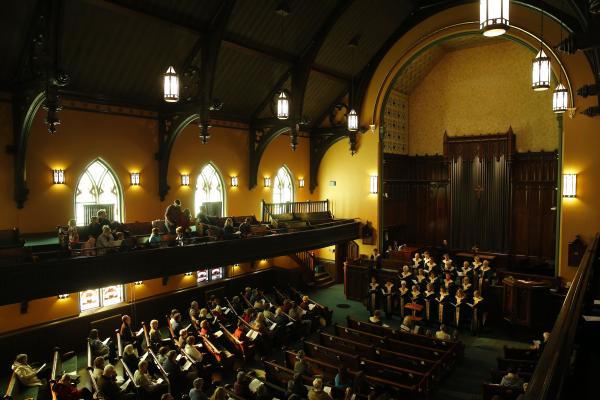In effect, imagining churches as places uniquely positioned for practicing reparations means a paradigm shift in how churches imagine themselves in their communities. Churches are capable of celebrating beauty but they are also capable of creating wounds. Such a shift would be akin to what theologian Rev. Kelly Brown Douglas refers to as “broaden[ing] our moral imagination.” For the church to broaden its moral imagination, congregations need to start asking questions like: What does it mean to own property? Who did that exclude in the context of redlining? What assumptions are we making about the assumed good of a church’s continued existence in a place? Being open to accountability and discernment about reparations means that no question, no matter how difficult or threatening to the continuance of a congregation, is off-limits.
Read the Full Article

